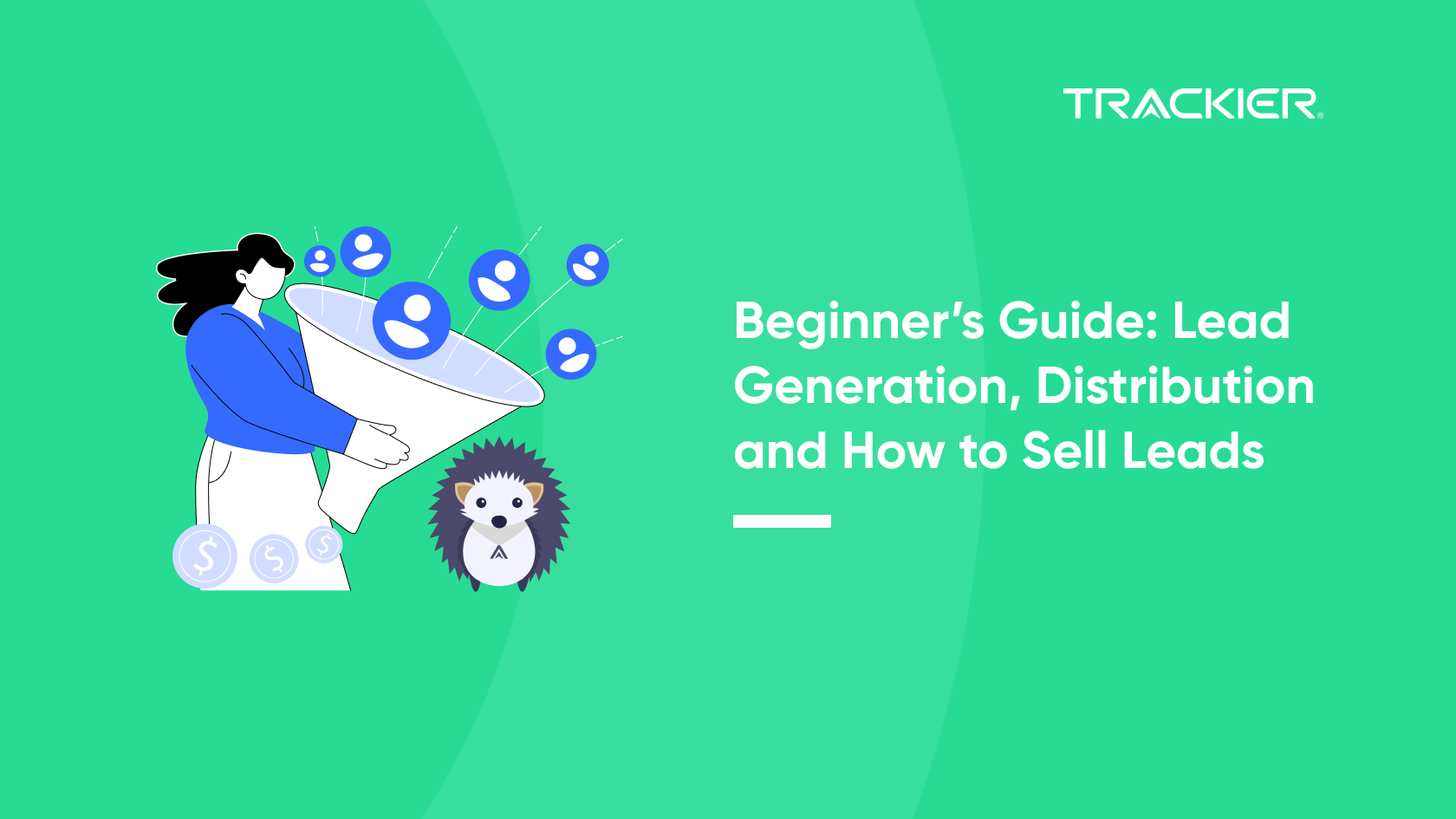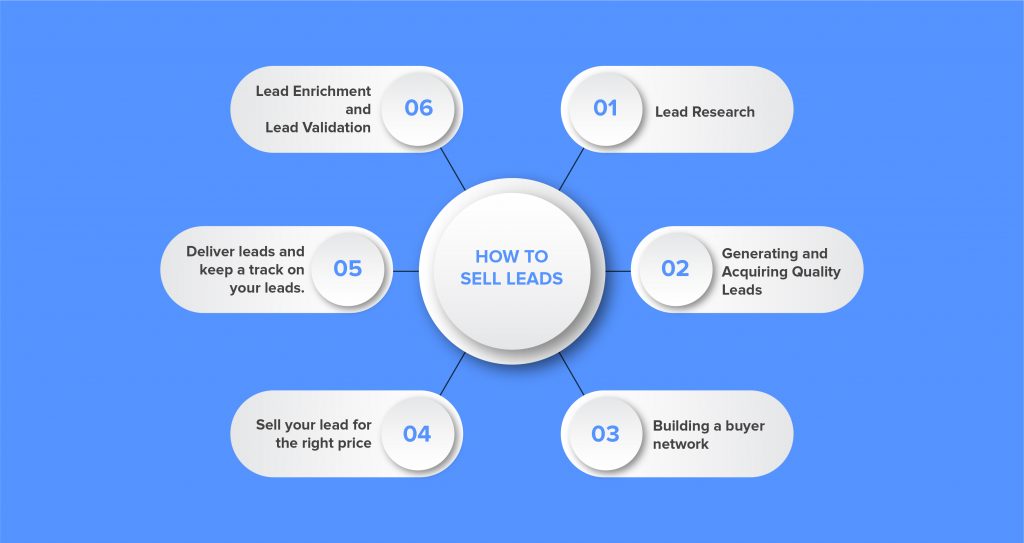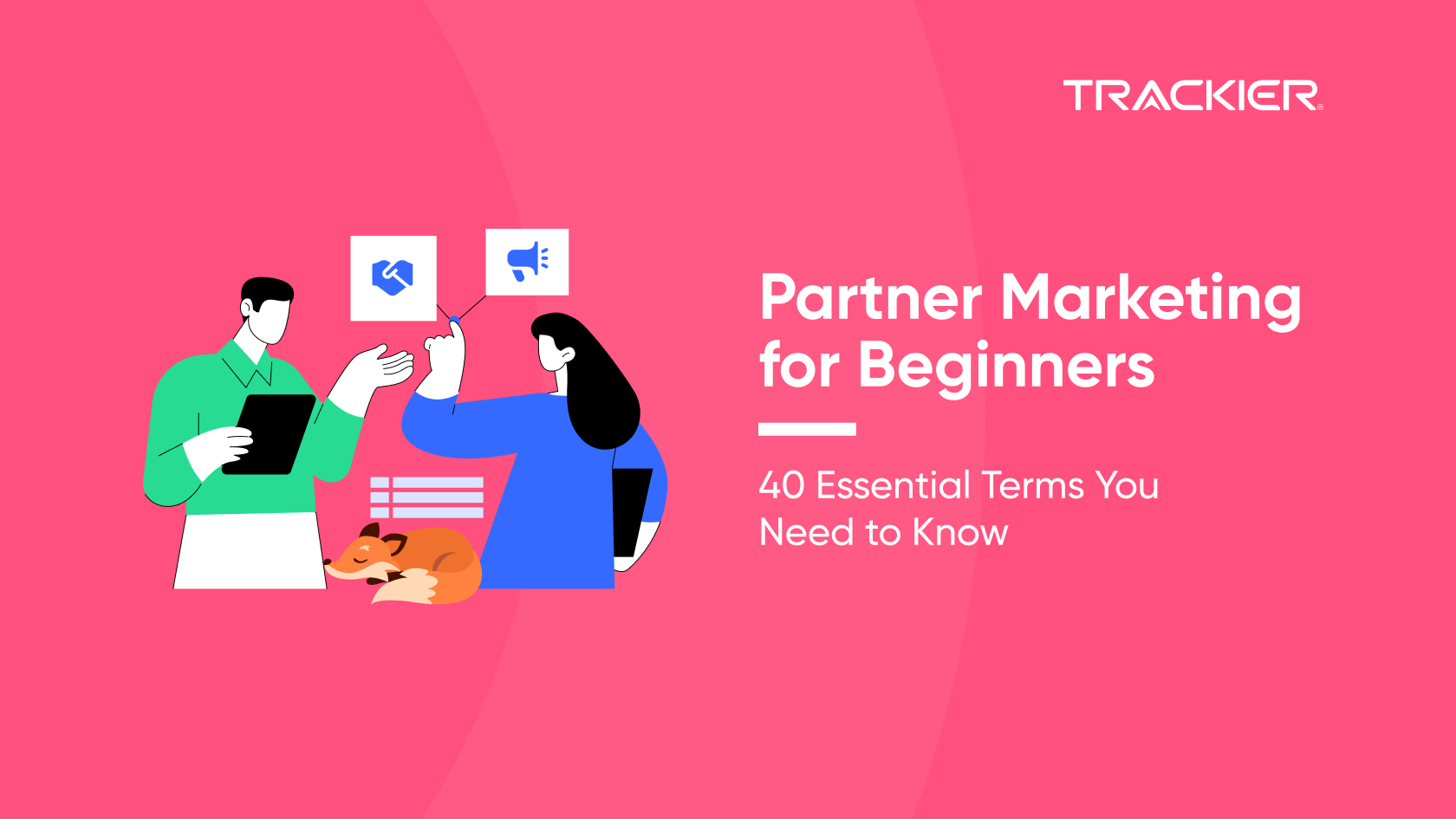A little-known fact in marketing is that well-established companies and brands who have experienced massive success have all worked upon lead generation, lead distribution, and selling leads at a point in time. Identifying your customer needs is the most basic yet necessary aspect of marketing.
Despite the customary use of Lead Generation, not many succeed in acquiring the right leads that fit their needs.
This blog is a beginner’s guide and an overview of Lead Generation, Lead Distribution, and Selling Leads.
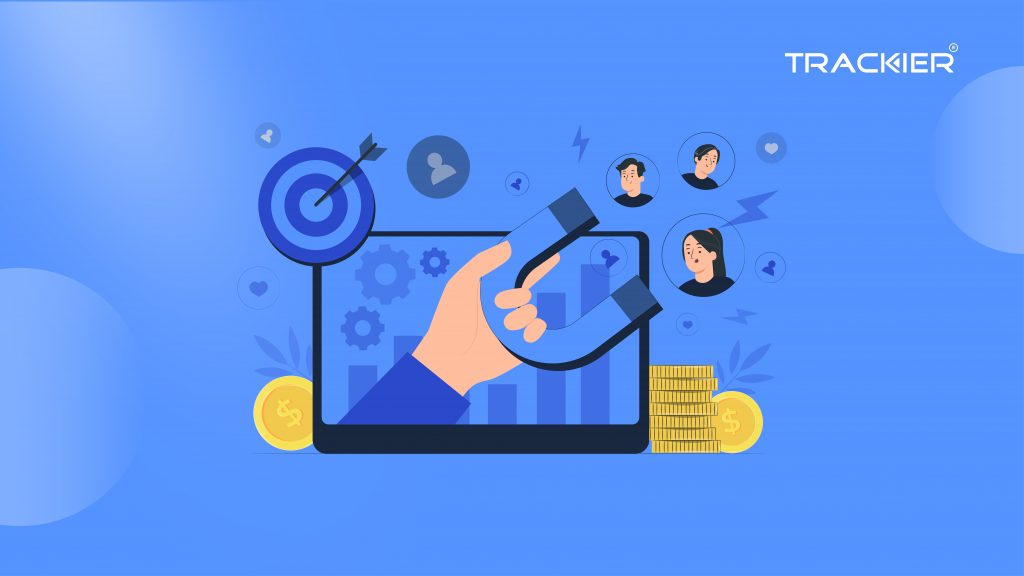
What is a Lead?
A lead is any person or a brand who shows interest in your brands’ products and can become a possible prospect or a client.
Lead generation focuses on finding unique ways to attract potential clients to your business.
There are two ways you can generate leads, buy leads from a Lead Distributor or Generate Leads Organically.
What is a Lead Funnel?
There are many ways that a prospect or client can become a lead and even end up buying your product. However, there is a process based on which one can understand the buyer’s decision-making process.
A Lead Funnel is just a visual representation of this decision-making process. Most B2B companies need a Lead Funnel in order to understand their customers’ mentality.
Why a funnel? A funnel represents the filtration of prospects or clients dropping at each stage of the funnel as they don’t fit the criteria of a possible client.
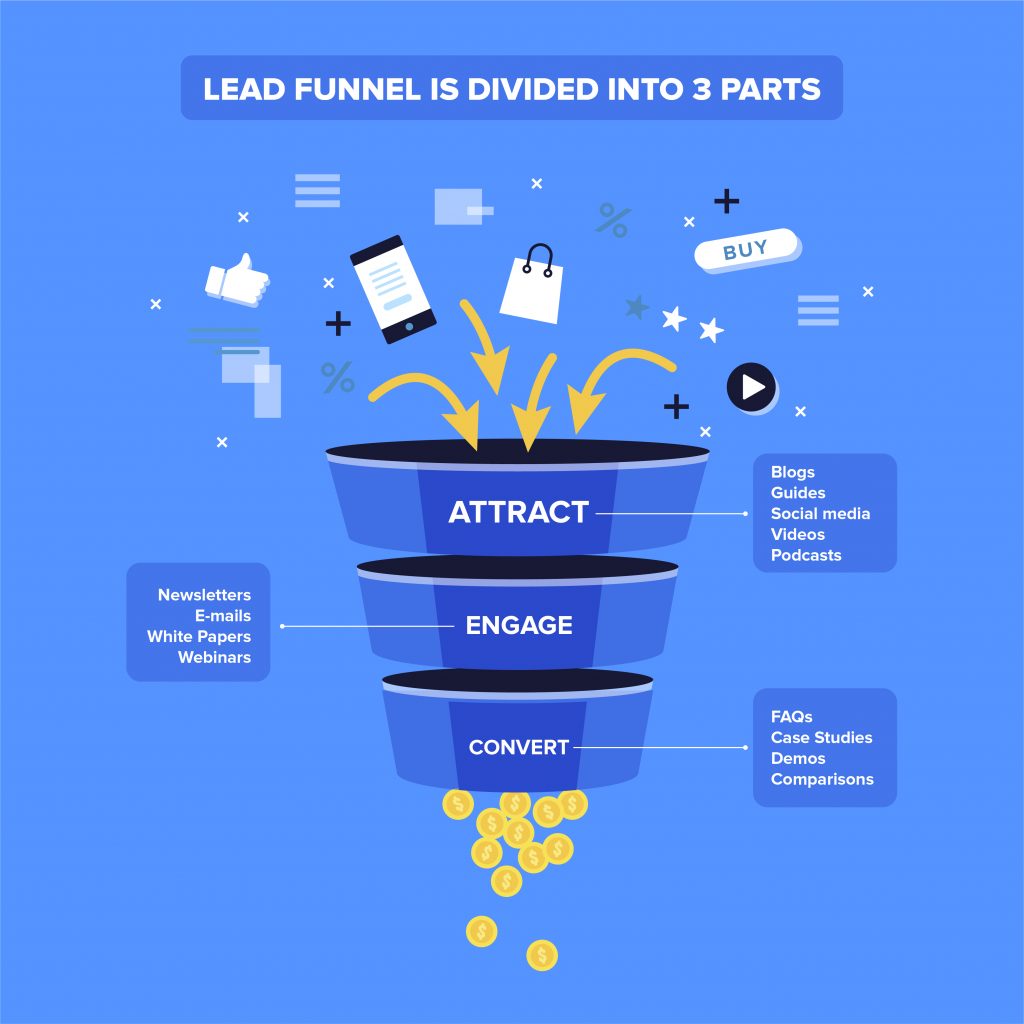
Purchasing Leads for your Business
Lead Distributors can provide you leads specifically tailored for your business, based on your Lead Verticals. Even though buying leads is expensive, it is easier, effortless, and less time-consuming.
However, buying leads instead of generating them can have its own drawbacks. Most of your purchased leads are not aware of your product. They are driven in the sales funnel (for example: Shopify sales funnel) by distributors who collect them for a broader niche.
The relationship with these leads will not be as great as you would have with the ones who approach you organically, thereby affecting your conversions.
Buying leads is generally recommended for medium to large-scale businesses that cater to a broader range of customers or Lead Distributors, who re-sell leads.
Generating Leads on your own
Lead generation falls under the category of Inbound marketing, where the client shows interest in your product organically after you have attracted an audience for your business.
When these leads are in the loop of contacting you, you need to give them insightful knowledge about your business, with the intent of converting them into your customers.
Leads are generated based on the category your product lies in the Lead vertical.
Lead Verticals is a broad list of categories like automobiles, beauty products, healthcare, technology, etc.
Once you know the related verticals your product lies in, it becomes easier for you to acquire quality leads.
Why do you need Lead Generation?
When a stranger is randomly attracted to your product, you tend to create a natural bond, making it easier for you to convert them into your customers.
5 Simple Steps for Lead Generation
- Understand your client persona
- Create engaging content
- Attract the right audience
- Capture Lead information
- Lead Qualification
How to Generate Leads for your Business?
- Social Media: Develop attractive social media posts, and adding Swipe Up options on your Instagram or Facebook stories can direct your followers to a forms page or the website. You can engage with multiple leads here, and if you’re responsive enough, you can get valuable leads turning into long-term customers. Businesses often find it effective to embed LinkedIn posts as part of their sales strategy to demonstrate credibility and expertise.
- Blogs: Regularly pushing out lead magnet content, in the form of guides or e-books on your website, focusing on educating your consumers’ problems and providing them solutions. Work on your website’s search engine ranking. Develop SEO-optimized content, so that your blogs are read organically and are visible to a wide range of people who are looking for a product or service like your business offers.
- Referral Marketing: This is a must-have for any business. A traditional marketing tactic based on recommendations and word of mouth. Engage your existing customers in referral programs and referral bonuses. If you have customers who trust you and your business, they will help you multiply your leads.
- Product Trials: A product-based company should push out new products on a trial basis to their existing customers. Everybody likes free goodies. Charge them for the same next time.
- Affiliate and Influencer Partnerships: Partner with affiliates and influencers who advertise your products across the internet. Coupons are a great way to attract new customers to your products. Work with them to create Discount Coupons to increase traffic to your website. Partnering with affiliates to drive traffic to landing pages can be extremely fruitful in generating leads. A well-optimized form page will be great for capturing conversions on your landing pages. Additionally, include an impactful Call-to-action button, it makes a huge difference with a neatly designed page to attract your audience. Synergy between an optimized webpage and form is the key to amazing lead conversions.
- Cold Email: Write personalized, targeted cold email campaigns that address specific customer pain points and offer clear solutions. Write compelling subject lines and concise content that delivers value. Include strong call-to-actions and follow-up reminder sequences to nurture leads. This is how you can generate leads with cold emails.
Lead Capturing and Lead Qualification
The process of generating leads include various lead capturing methods, such as filling out forms to gain information, like names, email address, contact details, etc. To qualify these leads, you have to check whether the data captured is relevant or not and to improve your lead quality. By using the lead capturing software, you can reach out to these captured leads and ask relevant questions to make your leads more enriching. You can also find tips to enrich your leads as you scroll down this guide.
What is Lead Distribution?
Leads are like resources. The only thing that matters is what you do with this resource to generate maximum revenue for your business.
- Lead Distribution is the process of routing the inbound generated leads to the right Lead Buyer.
- Each lead generated is unique, with its own needs and problems.
- The Buyers and sales reps you’ll be distributing these leads to are equally unique, with their assorted product knowledge base and skills.
Hence, Lead Distribution is about transferring relevant leads to your buyers and sales reps.
Most of the transferring part is automated these days, making Lead distribution just about how you can sell your quality leads for the highest price while ensuring a good profit for you and a quality lead for your buyer.

How to Sell Leads: A Step-by-Step Process
This section is for individuals who want to start a Lead Generation company and also for existing companies and brands who want to use their excess leads as a revenue stream.
What’s your Lead Offering: A Comprehensive Lead Research
There is a vital need to bridge the gap between your buyers’ needs and where your leads lie in the lead vertical. As mentioned above, segregating the right lead vertical for your lead buyers increases your chances of understanding how you can value your lead for your buyers.
In-depth Lead research will allow you to understand various Lead Verticals, the kind of information is required and is in demand for that particular vertical, and what information you can add to ensure the quality of your lead.Generating and Acquiring Quality Leads
a. Social Media: A lead generation company generally runs paid campaigns on social media platforms like Instagram, Facebook, Twitter, Youtube, and LinkedIn for a segregated audience based on their needs and problems that fit the buyer’s requirements.
b. Affiliate Marketing: Partnering with affiliates to drive traffic to landing pages can be fruitful in generating leads. A well-optimized form page will be great for capturing conversions on your landing pages. Additionally, include an impactful Call-to-action button as it makes a big difference with a neatly designed page to attract your audience. Synergy between a well-optimized page and form is the key to impactful lead conversions.How to Building a Buyer network
One of the most crucial steps in lead selling is building your buyer network. You should be able to do this once you have figured out how to acquire quality leads. It is a fact that as a Lead Generator, you will have to spend most of your time working with your buyers and expanding your network. Traditionally, there are three types of buyers for your leads:
a. Lead Aggregator: Aggregators are wholesale lead buyers who buy leads with the intention of re-selling them to their buyer network and clients.
Despite the less commission offered per lead, Lead Aggregators can be valuable for your network as they are easier to work with.
Aggregators can introduce you to a broad range of leads in a short periodb. End Service Buyer: A End Service buyer is also known as a retail buyer and is typically a service provider. They are the most profitable lead buyers as they buy leads to reach out to the leads themselves and pitch for their product. There are a few drawbacks of End Service buyers like:
- They are geographically limited.
- Have a limited need for leads
- They come from service sectors, like insurance, housing, and other service providers, resulting in duplicate leads.
They come from service sectors, like insurance, housing, and other service providers, resulting in duplicate leads.
Doing thorough buyer research will help you identify the lead requirement for such buyers. Continue scrolling if you want to learn how to avoid duplication of leads.c. Lead Networks and Exchanges: There are various online platforms where you can buy or sell leads. However, these networks typically failed in the past and keep doing so for the following reasons:
- One has to pay per lead commission to such networks, reducing your profits in the whole process.
- An increasing number of competitors in the lead network will ultimately lead you in losing the selling power of your valuable and unique leads.
This becomes one of the main reasons why Lead exchanges don’t work out, and it is much recommended to build your own buyer network from scratch and improve your profitability with the trust you build with your buyers. Ultimately, it boils down to how much profits you would want to make out of our leads. Talking about profits, let’s see how to sell a lead for a profit.
Selling your lead for the right price
As mentioned above, the most profitable buyers are End Service Providers, also known as Retail Buyers. Most buyers would be willing to pay anywhere between 5$-50$ per lead, considering that your leads are unique and valuable for them.
Ping Post: The entire Lead Generation and Distribution sector is gradually shifting to this method of buying and selling leads. This method is the most consistent and profitable way to sell and buy Leads.
With the help of Ping Posts, the lead sellers can send partial information to their lead buyers. The lead information sent is such that it allows buyers to make an informed purchase and doesn’t contain any contact details of the lead.
Ping Posts makes the whole process of buying and selling leads much easier and more effective.
You can find various Ping Post software online, which can help you sell leads for a good profit.Delivering leads and keeping track of your leads.
Delivering your leads to a Retail Buyer would need little to no effort, as it can be just an Excel sheet with all the lead information.
For an Aggregator, things might be a bit complicated, as you’d have to send all your leads directly to the Aggregator’s Customer Relations or Call Centre teams.
In such cases, you may need specialized lead distribution software that organizes your leads for the buyer.
You would also want to Ensure Data Privacy and Security while doing the entire process, as you and your buyer are dealing with consumer details and can infringe consumer privacy.Most Lead Distributing or Lead Selling tools are compliant with General Data Protection Regulation (GDPR), California Consumer Privacy Act (CCPA), and the Telephone Consumer Protection Act (TCPA).
Lead Distributing Softwares also allows you to keep a tab on your lead’s statuses post selling. In most software, you can label leads and check their statuses. This feature is available for a buyer as well.
Avoid selling duplicate leads
It is a must-have practice to provide a quality lead consistently. Duplicate leads are a menace for buyers. To maintain the quality of your leads, most Lead Distribution Tools and Software can flag duplicate E-mails and contact numbers.
Maintaining Quality: Lead Enrichment and Lead Validation
To maintain the quality and integrity of your leads, you need to understand the following steps:
Lead Enrichment
As a Lead Generator and a Lead Seller, you would want to ensure that your leads are profitable for your business and generate maximum revenue with the highest probability. It includes designing your forms with at most 3-6 fields so that your possible lead does not feel uncomfortable sharing information with you and you get a quality lead.
In most cases, you will not be able to retrieve complete information of your lead, hence you would need to contact call centers, who can fill in those gaps in data.
In a nutshell, Lead Enrichment is ensuring the highest sale price of your lead by filing these gaps of information that the lead did not provide. It also depends on the type of information you want your lead to provide. In some cases, you might want to add details like credit scores, job positions, driver’s licenses, etc., to leverage your lead.
Lead Validation
Lead Validation essentially separates sales leads from other phones and forms leads. It ensures that your leads are not coming from fraudulent traffic from various campaigns.
It is a crucial step before selling your lead as you can check where the lead has come from and what sort of traffic was eventually led you to that lead.
Most lead-selling softwares have tools like Xverify, Neustar, or eHawk that focus purely on lead validation.
Conclusion
Hopefully, this guide might have given you valuable insight into how leads work. You can implement an infinite number of tactics and modify your plans to boost your lead generation and distribution skill. The possibilities are endless and expanding.
Keep trying out new strategies, and eventually, it will help you get a steady stream of quality leads for your business.
To learn more about Affiliate Marketing and Performance Marketing, check out our latest blogs on Affiliate Marketing.
Already running a business and worried about your conversions? Trackier provides industry-leading performance marketing and attribution solutions. Check us out by clicking here.
